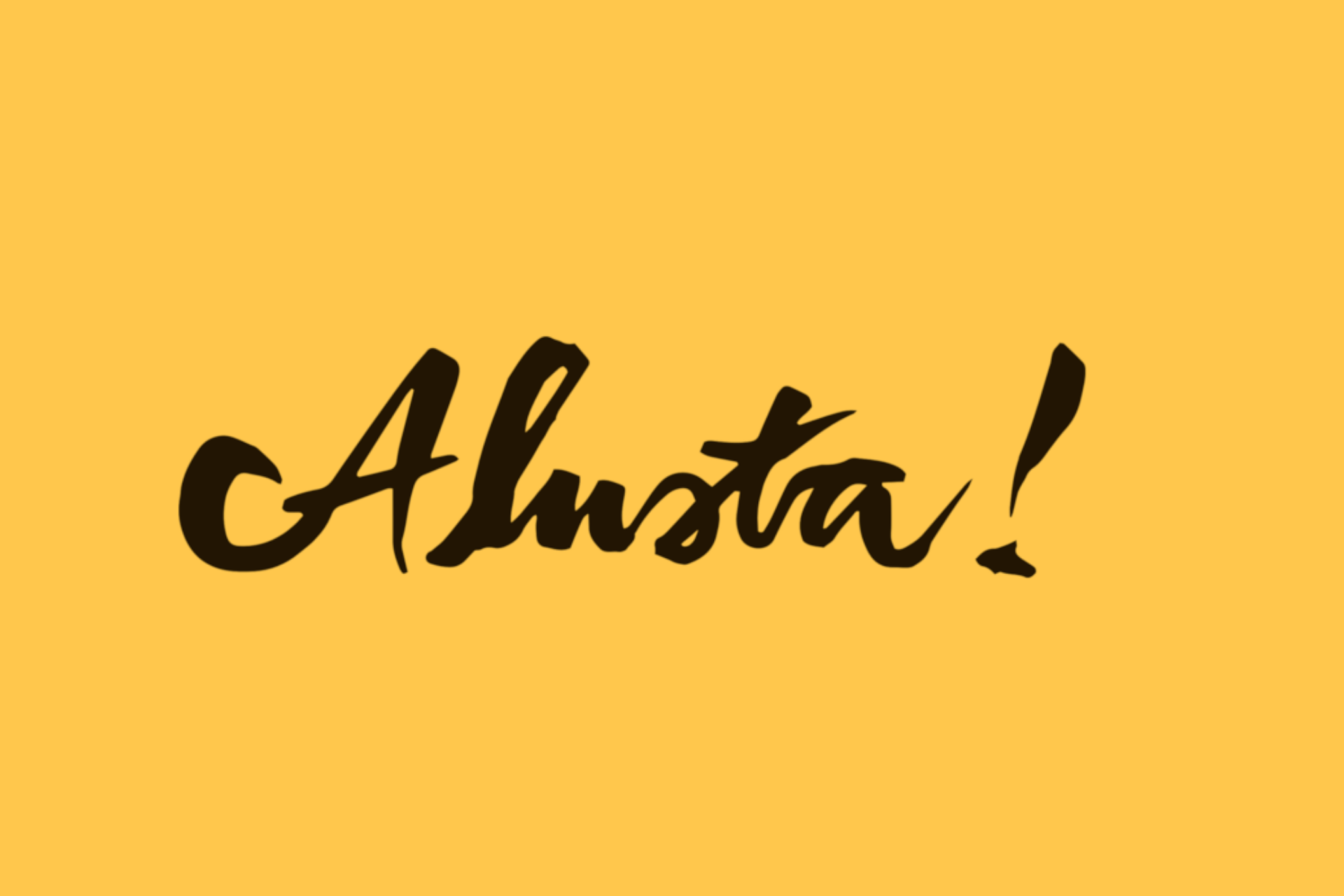Online harassment can happen virtually anywhere in the digital sphere. We may associate it with social media, but people experience abuse also via email, instant messaging apps and in many other ways. In addition to text messages, which may contain insults or even serious threats, online harassment can also include audiovisual material, such as photo and video manipulations. In certain cases, attackers can go as far as hacking, impersonation and even identity theft.
But the harassment itself is only the beginning. In many senses, it’s what happens afterwards, the aftermath of the abuse, that allows us to understand true significance of online abuse.
Experiencing online harassment has been found to lead to anxiety, depression and impaired social relationships. If the situation is work-related, it may result in lowered job satisfaction, burnout, or even quitting. We also know that some of these consequences spread to bystanders, and that witnessing online harassment can result in negative emotional states. (For mor information on impact of online harassment, see Farley et al., 2021; Oksanen et al., 2020; Stevens et al., 2021) For these reasons online harassment can feel inescapable and can have even more negative outcomes than similar situations offline.
Online harassment can feel inescapable and can have even more negative outcomes than similar situations offline.
A disturbing example of this sense of helplessness against online harassment can be found in a recent Helsingin Sanomat piece (in Finnish, here) reporting a story of a woman dealing with a long-time stalker who used various digital tools in repeatedly harassing her over a long period of time. She received upsetting email messages and blocking the sender worked only temporarily, until a new account was created. She was also forced to delete all her social media accounts, losing personally important content in the process. But even disappearing from social media did not stop the attacker from using her pictures found on her friends’ profiles and continuing to post about her.
Victims can respond to such a distressing experience in different ways. You may have seen people publicly sharing abusive messages they receive. They may include identifying information about the attacker to shame or embarrass them. Or, on the opposite end of the spectrum, you may have heard opinions that online trolls are just looking for attention and ignoring them is actually the worst punishment. Affected individuals may also decide to limit their online presence to avoid further abuse. Again, these consequences can spread to bystanders. Witnessing online harassment has also been associated with such online self-censorship.
Victims’ reactions can spark important debates. If they turn to self-censorship, it may mean that valuable voices disappear from the public sphere.
Finally, the way people react to online harassment can have profound impact on their communities, functioning of their workplaces, and entire societies. Victims’ reactions can spark important debates. If they turn to self-censorship, it may mean that valuable voices disappear from the public sphere. These societal debates and norms in turn impact the way affected individuals will react and respond to harassment in the future, closing the cycle, so to speak.
A recent example on how reactions of individuals faced with online harassment can impact wide audiences is the case of Algerian Olympic champion in women’s boxing, Imane Khelif. She made headlines when she filed a court case against social media platforms on charges of “online harassment due to gender”, after she was heavily criticized, and her gender identity was questioned in a heated debate during the Olympic Games. Filing the case against platforms means that it will be up to the investigators to determine the responsible parties. Media have already heavily reported on the fact that this may include prominent public figures such as Donald Trump, Elon Musk and J.K. Rowling.
This case has sparked an intense debate on the way sensitive topics are discussed online and the consequences of posting content, especially potentially offensive content about others. This became especially prominent after some of the individuals named in the lawsuit began deleting their old social media posts or took extended breaks from using social media altogether.
What happens after the harassment? What consequences does it have? How do people react to it? And every researcher’s favorite question: Why?
As this example shows, the way that those affected deal with online harassment can have far-reaching consequences. That’s why in my doctoral work I decided to focus precisely on this aftermath of online abuse. What happens after the harassment? What consequences does it have? How do people react to it? And every researcher’s favorite question: Why?
My research examined the various contexts in which online harassment occurs, including studies focused on workplace abuse and the experiences of professionals in the public sphere. I also explored how the general adult population encounters and copes with online harassment.
Workplace cyberbullying: it’s everyone’s problem
The first part of the investigation focused on workplace cyberbullying. Although bullying is traditionally associated with children and youth and their school experiences, research shows that it continues into adulthood and working life. Cyberbullying, similarly to traditional bullying, is defined by it repetitiveness and by utilizing power distances between the victim and the attacker.
But the online sphere gives new meanings to such definitions. Online content can be screenshotted, forwarded and shared for a long time. That means that even a single abusive act can cause harm to the victim repeatedly over a long period of time. Possible anonymity online and the opportunities to reach the victim at any time through different online channels, also mean that the attackers can exert power over the victims in new ways.
Because of this, the need for more research on how workplace cyberbullying impacts victims has been widely recognized in scientific literature. Especially needed is high-quality longitudinal evidence – longitudinal research follows the same participants over a period of time, allowing us to better control external factors and ensure that the effects we observe are due to the expected mechanisms and not other events and characteristics. Such evidence can be used to put pressure both on policy makers and authorities within organizations so that cyberbullying at work can be recognized and dealt with.
That’s why Article I of my dissertation is a report of a longitudinal study on the effects of experiencing workplace cyberbullying on mental health and well-being at work. This study was conducted among workers in Finland who responded to our survey 5 times between 2019 and 2021.
We found that at the beginning of our study almost 15% of our participants were experiencing cyberbullying at work, a figure which dropped to under 10% in late 2020. This interesting results may be due to remote work becoming common during the pandemic. With remote work, lack of commute, and more distant work relationships, tensions at workplaces might have decreased, leading to less bullying behaviors.
Experiencing cyberbullying at work resulted in lower well-being, higher technostress (feeling stressed because of technology use), higher work exhaustion, which is one of the indicators of burnout, and lower work engagement, which means victims were less motivated and engaged in their work.
Nevertheless, workplace cyberbullying remains a significant problem. We found that experiencing cyberbullying at work resulted in lower well-being, higher technostress (feeling stressed because of technology use), higher work exhaustion, which is one of the indicators of burnout, and lower work engagement, which means victims were less motivated and engaged in their work. These negative effects can in turn impact entire organizations. If employees are, for example, dissatisfied, absent or performing poorer because of cyberbullying, it can erode trust, cohesion, and collaboration of the work community as a whole. For that reason, it is important for organizations to recognize the seriousness of the problem and allocate resources to both prevention and intervention efforts.
Online harassment in the public sphere and dealing with abuse
The second focus point of my dissertation is online harassment of professionals in the public sphere. Journalists, politicians, academics and other professionals sharing their work with big audiences are especially at risk of online harassment. Online abuse against them can be used intentionally as a way to silence opposing points of view and uphold the status quo. It can silence marginalized voices, endanger access to information and freedom of speech. It is therefore crucial to understand how professionals in the public sphere relate to and deal with online harassment, so that they can be offered adequate support in coping with abuse.
To that end, Articles Two through Four of my dissertation use survey data collected in 2020 from Finnish academics, members of local governments and media professionals. The prevalence rates of online harassment among these professional groups were quite staggering. Namely, we found that 30% of academics, and around 60% of surveyed politicians and media professionals had recently experienced online harassment.
Despite this, more than half of those affected in each profession simply ignored the situation. Around 30% of academics and media professionals and 45% of politicians attempted to stop the attacker – for example by blocking their profile or seeking help of authorities. However, almost 20% of victims in all professions engaged in self-censorship, limiting their public presence or avoiding discussing controversial topics. This is a substantial percentage, highlighting the societal impact of online harassment and its potential to impoverish public discourse.
In Article Two, which used data collected from academics and politicians, we focused on understanding what leads the victims to actively opposing the perpetrator. We found that professionals attempted to stop the attacker when the harassment was severe and if they were frequently posting content on social media. A similar investigation was conducted in Article Three among media professionals. We found that experiencing frequent or severe harassment was again associated with opposing the attacker. In this study we also separately examined retaliative reactions, such as publicly shaming the attacker or sending them a harsh reply. The results again showed the role that digital skills play in dealing with online harassment – those who often posted content in public social media and those who faced severe harassment were more likely to retaliate. This last finding is especially interesting in light of results from Article Four, which included data from all three professional groups: academics, politicians and media professionals, and focused on self-censorship. We found that severe harassment was also associated with self-censoring behaviors such as reducing public appearances.
Taken together, these results suggest that severe harassment is less likely to just be ignored. But which other way the affected individuals decide to take – oppose the attacker or turn to self-censorship – depends on other factors, such as the resources that are available for them to cope with the harassment. Supportive social networks are one such important resource. In all three professions included in Article Four those reporting that their close work community is supportive and helpful, were less likely to engage in self-censorship.
We found that thinking about a close colleague or member of the same work community being targeted with online harassment led to more anxiety than when it was just a stranger working in the same profession.
It is important to note, however, that members of these communities can also be negatively affected by witnessing online harassment of their peers. Article Three included a survey experiment, in which we asked our participants to imagine that someone received a death threat in social media after giving a public interview. We found that thinking about a close colleague or member of the same work community being targeted with online harassment led to more anxiety than when it was just a stranger working in the same profession. These results underline the importance of considering the wider networks of the targeted individuals when working on combating online harassment.
Fostering resilience by developing skills and supportive networks
Our research among professionals in the public sphere pointed also to the role of experience in using social media and the Internet as another important factor in coping with online harassment. That’s why the last study of my dissertation investigated how digital skills and confidence in using the Internet are associated with different attempts to oppose the attacker.
Article V (in press) included survey data collected in autumn 2022 from adult populations in six European countries: Finland, France, Germany, Ireland, Italy and Poland. The share of participants who had recently experienced online harassment ranged from 32% in France to 48% in Finland. We also found that around 90% of those targeted with harassment attempted to oppose the attacker in some way – most commonly by blocking their account. This is very different than what we have seen among professionals in the public sphere, where majority of victims decided to ignore the situation. This difference may stem from professionals’ sense of responsibility to allow discussion about their work, and it underlines the difficult and vulnerable position they find themselves in.
We found that frequently posting content on social media was associated with actively opposing attackers in the majority of the studied countries.
The results brought further evidence on the role of digital skills in coping with online harassment. Most interestingly, we found that frequently posting content on social media was associated with actively opposing attackers in the majority of the studied countries. However, passive social media use – such as scrolling – didn’t show such consistent associations. This suggest that it’s especially the active social media use that provides users with skills and confidence to oppose online harassment perpetrators.
Overall, the results highlight the pervasiveness of online harassment in various contexts – working life, public sphere, but also among usual Internet users – and demonstrate the negative effects that online abuse has on victims and on bystanders. Importantly, these consequences can affect whole communities, organizations, and have significant societal impact.
How do affected individuals cope with online harassment depends on how threatening the situation is, and what resources they have available for dealing with it. Harassment that is severe or frequent is unlikely to be ignored, but, depending on their resources, victims will choose different coping strategies – opposing the attacker or self-censoring. Social support and digital skills are two such important resources. This is highly relevant for practitioners looking to support individuals in dealing with online abuse. Developing competence and confidence in Internet use, as well as building supportive social networks can help better equip individuals to cope with online harassment, should they experience it in the future.



